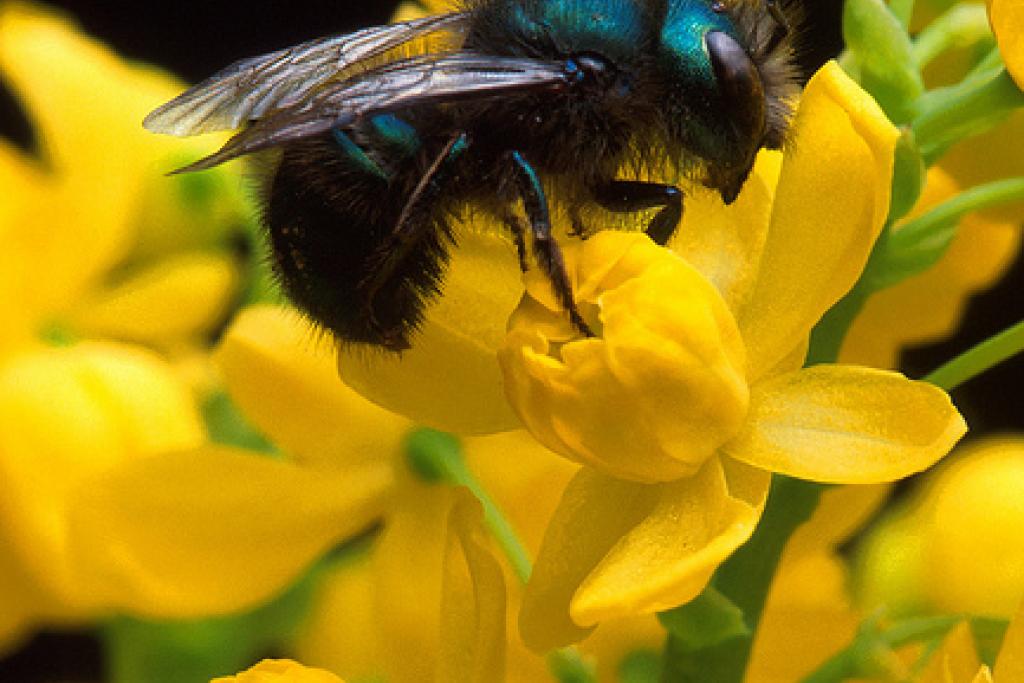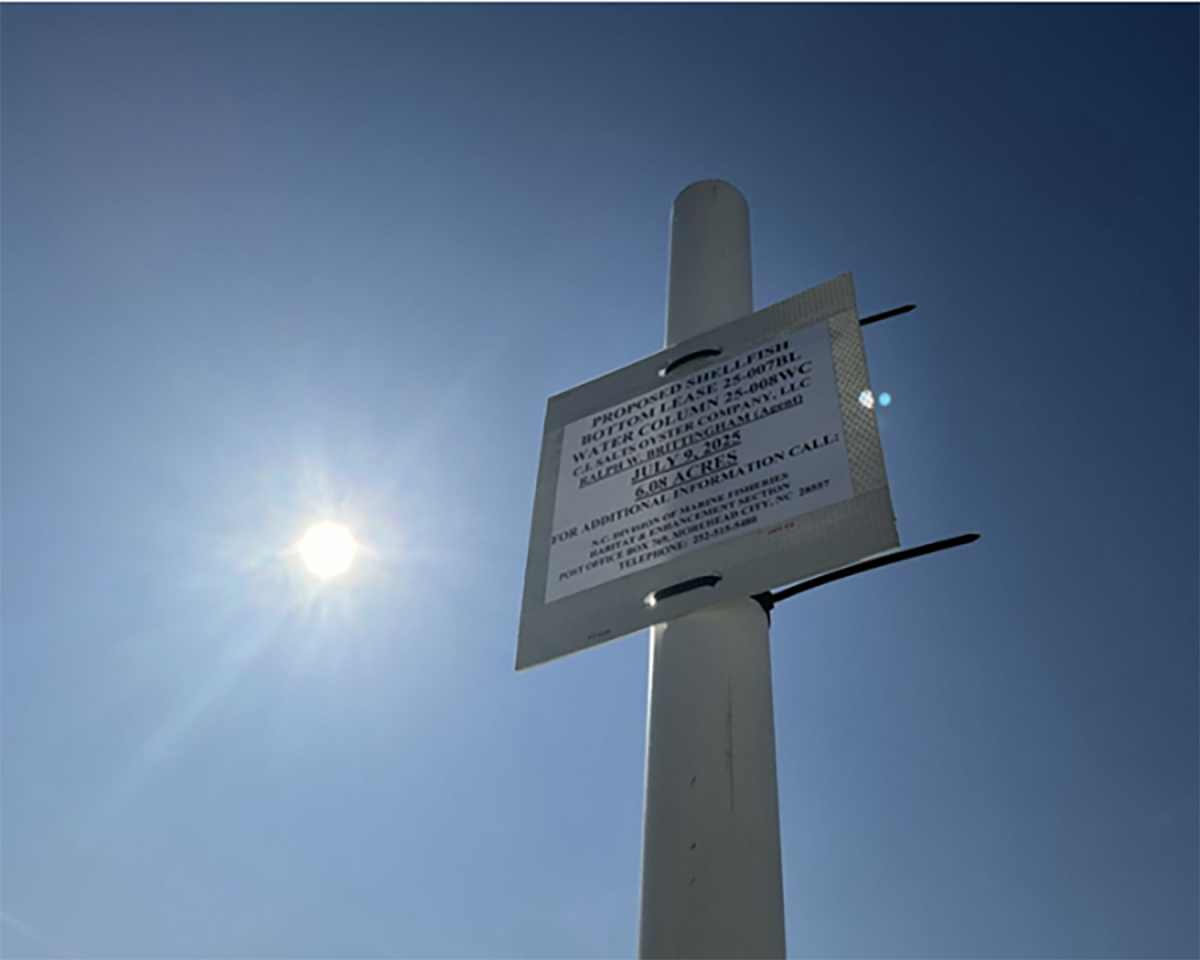
World Bee Day Saturday is part of an effort to bring awareness to the more than 20,000 known bee species around the globe.
The United Nations designated May 20 as World Bee Day to highlight the importance of pollinators, the threats they face and their contribution to sustainable development.
Supporter Spotlight
“World Bee Day 2023 calls for global action to support pollinator-friendly agricultural production and highlights the importance of protecting bees and other pollinators, particularly through evidence-based agricultural production practices,” U.N. officials said.
Not only do pollinators contribute directly to food security, but they are key to conserving biodiversity. More than 75% of the world’s food crops and 35% of global agricultural land depend on pollinators.
“Pollinators allow many plants, including many food crops, to reproduce. Indeed, the food that we eat, such as fruits and vegetables, directly relies on pollinators. A world without pollinators would equal a world without food diversity – no blueberries, coffee, chocolate, cucumbers and so much more. They also serve as sentinels for emergent environmental risks, signaling the health of local ecosystems,” the U.N. states.
There are more than 4,000 native bee species in the United States, and over 500 in North Carolina. The bees come in an assortment of sizes, shapes and colors, have different seasons of activity and carry pollen in various places on their body, a guide from N.C. Cooperative Extension explains.
The U.S. Geological Survey’s Native Bee Inventory and Monitoring Program designs and develops surveys for native bees. Part of the project is an online tool that helps the public identify native bee species in their yard.
Supporter Spotlight
In the United States, native bees are the primary insect pollinator of agricultural plants.
“Crops they pollinate include squash, tomatoes, cherries, blueberries and cranberries. Native bees were here long before non-native honey bees were brought to the country by European settlers. Honey bees are key to a few crops such as almonds and lemons, but native bees like the blue orchard bees are better and more efficient pollinators of many North American crops,” according to the U.S. Department of Agriculture.
Bees are under threat, U.N. officials say. At present, species extinction rates are 100 to 1,000 times higher than normal due to human impacts. Close to 35% of invertebrate pollinators, particularly bees and butterflies, and about 17% of vertebrate pollinators, such as bats, face extinction globally.
Intensive farming practices, land-use change, mono-cropping, pesticides and higher temperatures associated with climate change all pose problems for bee populations and, by extension, the quality of food grown.
“Loss of the complex native woodland, field, and meadow habitats to agriculture and housing/businesses causes native bee populations to crash because their pollen flowers are gone or replaced by weeds. You can reverse some of those losses by planting and managing native plants in your yard and property,” the Eastern Ecological Science Center says.
“Bees are tiny, one bush or one clump of perennials is often all it takes to foster native bees in your yard. Within a mile of your yard (urban or rural) there are at least over 100 species of bees looking for the right plants. Attracting and tending these native bees on your property is all about planting the right flowers and flowering bushes,” the program notes.









